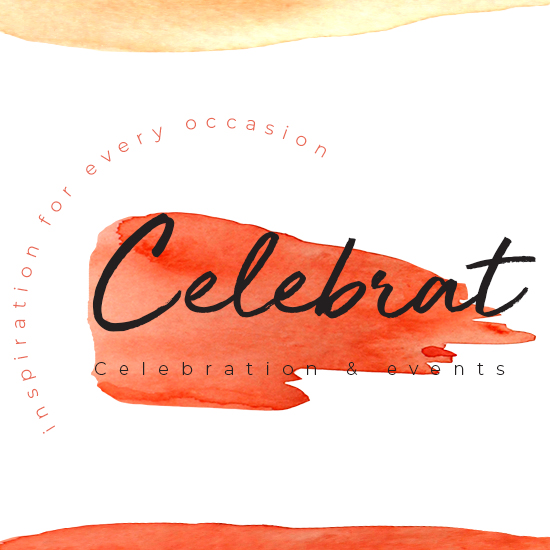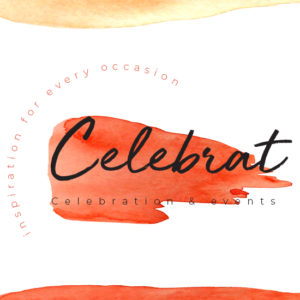Halloween is associated with elaborate costumes, haunted houses and, of course, candy, but it’s also linked to a number of risks, including pedestrian fatalities and theft or vandalism. … “Halloween trick-or-treating encourages creativity, physical activity, and neighborhood engagement,” they wrote.
Hereof, Why do we carve pumpkins?
In the 8th century CE, the Roman Catholic Church moved All Saints’ Day, a day celebrating the church’s saints, to November 1. This meant that All Hallows’ Eve (or Halloween) fell on October 31. … The folklore about Stingy Jack was quickly incorporated into Halloween, and we’ve been carving pumpkins—or turnips—ever since.
Accordingly, Is Halloween The Devil’s Night?
Devil’s Night is a name associated with October 30, the night before Halloween.
also Is it a sin to celebrate Halloween? In understanding whether celebrating Halloween is a sin, we have to know that it based on both pagan and Catholic traditions of connecting with the dead in hopes to gain power, in the pagan tradition, or to make intersession, in the Catholic tradition. But, this scripture makes clear that neither is possible.
How do Christians do Halloween?
- Carve pumpkins into hope-filled shapes and words. This is such an easy one! …
- Stories of the saints – by candlelight. Modern Halloween has its roots in two festivals. …
- Harvest feast and collection. …
- Thanksgiving party. …
- Traditional games. …
- Dress up and act out a ‘dark’ story from the Bible. …
- Create a light box. …
- Create a light den.
How did pumpkins become a part of Halloween? Before we carved pumpkins, the Irish chiseled creepy faces onto turnips. Pumpkins with ghoulish faces and illuminated by candles are a sure sign of the Halloween season. … Irish immigrants brought the tradition to America, home of the pumpkin, and it became an integral part of Halloween festivities.
Table of Contents
Why are pumpkins associated with fall?
Pumpkins have been grown in North America for almost 5,000 years! While we enjoy Pumpkin Spiced Lattes and bread and pie in October and November, the growing of Pumpkins actually starts in May because they require a LONG time growing with NO frost (generally 75-100 days of no frost nights).
Why do we put pumpkins outside your house on Halloween?
They often carved scary faces and placed the lanterns near doors in order to ward off evil spirits. … Based on this legend, it makes sense why pumpkins — carved or not — are traditionally placed on the front porch during the Halloween season. Ultimately, they were used as a tool of protection.
What started Devil’s Night?
Devil’s Night started many years ago as ‘Mischief Night’ with mild-mannered pranks such as toilet papering homes or games like ding-dong-ditch. These pranks, however, evolved into serious acts of vandalism and arson in the 1970s and have continued occurring on the days surrounding the Halloween holiday ever since.
Why is it called Devil’s Night?
In a more dangerous iteration of the holiday, Devil’s Night got that particular name after anti-police riots in Detroit led to a tradition of setting fire to local buildings and dumpsters year after year, as was detailed in the 1994 movie The Crow.
What religions do not believe in Halloween?
Jehovah’s Witnesses also forbid members from celebrating Halloween, but many faiths, such as Mormonism, Hinduism (which has its own fall holiday, Diwali), and Buddhism leave it up to individual members to decide whether they want to celebrate Halloween.
Who does not celebrate Halloween?
Jehovah’s Witnesses: They don’t celebrate any holidays or even birthdays. Some Christians: Some believe the holiday is associated with Satanism or Paganism, so are against celebrating it. Orthodox Jews: They don’t celebrate Halloween due to its origins as a Christian holiday. Other Jews may or may not celebrate.
Can Christians cuss?
While the Bible does not lay out a list of explicit words to steer clear from, it is clear that Christians are to stay away from “filthy language,” “unwholesome talk,” and “crude joking.” Christians are instructed to keep from being polluted by the world and to reflect the image of God, therefore Christians should not …
What can Christians do instead of celebrating Halloween?
9 Halloween Alternatives for Christian Families
- of 09. Fall Carnival or Harvest Festival. Jose Luis Pelaez Inc / Getty Images. …
- of 09. Youth Pumpkin Patch Fun-Raiser. …
- of 09. Family Pumpkin Carving. …
- of 09. Fall Decorating. …
- of 09. Noah’s Ark Party. …
- of 09. Skate Party. …
- of 09. Evangelism Outreach. …
- of 09. Creative Witnessing.
What is an alternative to Halloween?
Fall Festivals
Churches or community centers will sometimes provide fall or harvest festivals. These offer a chance for children to wear costumes, collect candy, and socialize with their friends without the traditional Halloween-focused activities.
How can I not celebrate Halloween?
If you don’t want anything to do with Halloween, don’t decorate your house. Don’t put out pumpkins or fake cobwebs or any Halloween décor. Leave your house plain so trick-or-treaters know you don’t celebrate Halloween. Turn off your porch lights.
Are there any cool facts about pumpkins?
13 Unusual and Fun Facts About Pumpkins
- Pumpkins Are Technically a Fruit. …
- Pumpkins Are Packed With Nutrition. …
- Pumpkin Offers Plenty of Health Benefits.
- Pumpkins contain plenty of the antioxidant beta-carotene. …
- Each Pumpkin Produces About 500 Seeds. …
- The First Pumpkin Pies Looked Different Than Today.
What do pumpkins represent?
Pumpkins are also one of the more resilient fruit, finding ways to grow large and bulging amongst sparse soil and sharing nutrients along a connected vine that reaches into the ground to replenish itself. It is perhaps for this reason that pumpkins have become symbols of prosperity, growth and abundance.
What does the O in jack o lantern mean?
The term jack-o’-lantern has been used in American English to describe a lantern made from a hollowed-out pumpkin since the 19th century, but the term originated in 17th-century Britain, where it was used to refer to a man with a lantern or to a night watchman.
What pumpkins can you not eat?
You can eat all of the pumpkin – except for its stalk.
Smaller varieties such as onion squash have deliciously edible skin, the skin of larger varieties may be too tough to eat or less than appealing. For types such as the butternut squash, whether you eat the skin or not is down to personal taste.
What are pumpkins known for?
Harvested in October, this nutritious and versatile orange fruit features flowers, seeds and flesh that are edible and rich in vitamins. Pumpkin is used to make soups, desserts and breads, and many Americans include pumpkin pie in their Thanksgiving meals.
Do pumpkins ward off evil spirits?
They ward off evil spirits on Halloween, their juice is much loved by Harry Potter and his wizard friends, and one turned into a golden carriage to take Cinderella to the ball. The mythical properties of pumpkins are well known but science suggests there is more to the pumpkin than folklore, magic and fairy tale.
What do pumpkins symbolize in Halloween?
Symbolically, the pumpkin is often linked to rebirth and fertility, and they also symbolise harvests and crops. They fit the season in which Halloween falls every year. For those who go ‘trick or treating’, a luminous pumpkin on the stairs is the symbol that those who live there want a visit.
What’s the purpose of pumpkins?
Harvested in October, this nutritious and versatile orange fruit features flowers, seeds and flesh that are edible and rich in vitamins. Pumpkin is used to make soups, desserts and breads, and many Americans include pumpkin pie in their Thanksgiving meals.



Add comment